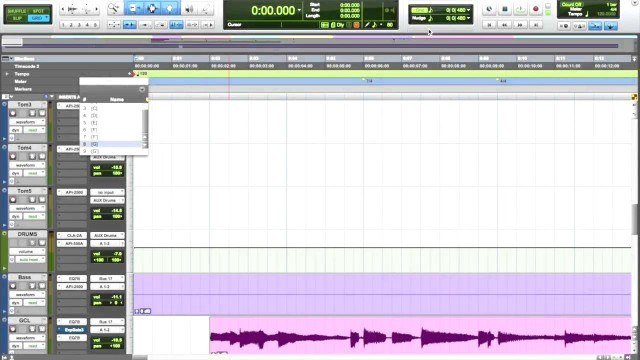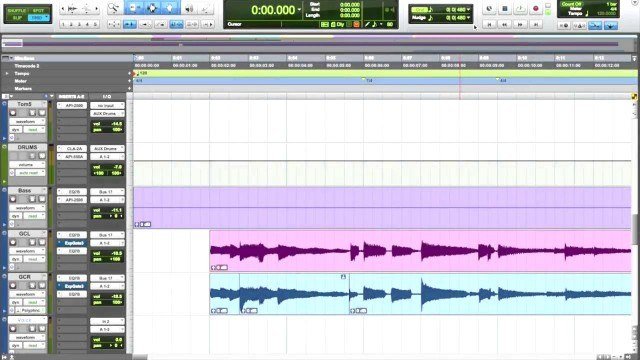Many times, people put together chord progressions based off of how they sound together. Some people rely on intuition. Others base their progressions off of songs that they already know. The latter is what I tend to gravitate towards a lot of the time.
Many professional musicians who work as songwriters understand the basics of music theory and how chord progressions are created. This tutorial will examine how and why some progressions work, and will give a future songwriter the tools they need to create any song they want.
A chord progression usually follows a series of sections within the chord progression itself. These sections are: stability, contrast and tension. The stable section is made up of a chord that defines the key of the song. The contrasting section is where either one or more chords will draw you away from the tonic focal point of the song. The tension sections does just what it says: it creates tension that will return the listener back to the beginning chord(s) of the song. You can repeat this as many times as you want within your song.
The most basic form of this is the I-IV-V progression, with the I chord being in the Stability section, the Iv chord being in the Contrasting section, and the V chord being in the Tension section, which returns the listener back to the I chord.
Shown here is an example of a I,IV,V progression in the key of C major:
(Ex.#1): C(I) / F(IV) / G7(V) / C(I)
The I,IV,V progression also works the same way with Minor keys:
(Ex.#2): Em(I) / Am(IV) / B7(V)
Tune into part 2 where we will be going over root movement.























































































